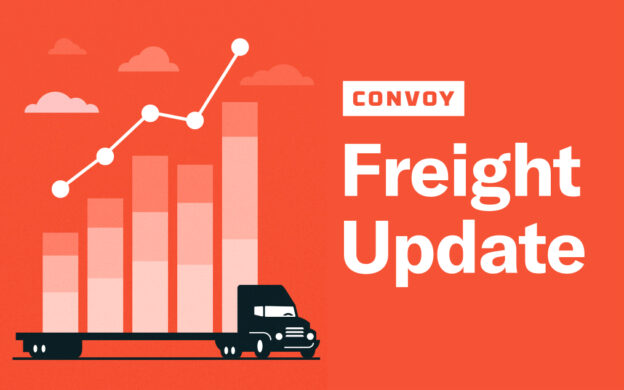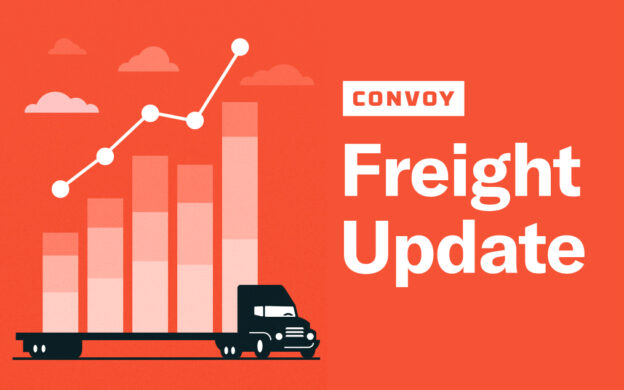Unemployment is Still High, but the Labor Market for Truckers is Comparatively Tight
Freight Research • Published on February 5, 2021
The labor market proved more resilient in January than many had anticipated, with the unemployment rate falling to 6.5% compared to an average forecast of 6.7%. Despite an early-month surge in Covid-19 infections, the spread of new virus mutations, and political upheaval, businesses added 49,000 jobs last month according to the Bureau of Labor Statistics, Current Employment Statistics.
Trucking firms underperformed relative to the overall labor market for the first time since April 2020, losing 2,900 jobs compared to December. Some of this was to be expected: The normal seasonal pullback after a record online holiday shopping season (and record truckload demand to move packages). But it also begs the question why trucking firms have not been successful at ramping up hiring more aggressively. It is not for lack of effort. Compensation at transportation and warehousing firms increased 1.4% in Q-2020 according to the Employment Cost Index published last week — the fastest quarterly increase since 2012, the fourth highest number since 2003, and double the wage increases other workers saw in Q4.
So why are trucking firms still struggling to achieve pre-crisis levels, despite rising wages and high unemployment? Today’s data suggest that one explanation is that the labor market for truckers is tighter than the rest of the market.
When we rank industries by how similar or different they are to the trucking labor force, it becomes clear that the most similar sectors of the economy are much closer to (if not well above) pre-pandemic employment levels. Among 73 broad industries for which we are able to compute a similarity index to trucking jobs and match to the monthly BLS payroll employment data, the most similar decile of industries are on average at 98% of January 2020 employment levels while the median industry is around 95% of pre-pandemic employment levels.[1]

The top decile of industries to trucking according to this similarity index includes construction (most similar industry to trucking, with employment 97% of pre-pandemic levels(, building material and garden supply stores (110% of pre-pandemic levels), parcel delivery services (116%) and waste management services (98%). The bottom decline includes museums and historical sites (75%), apparel manufacturing (86%), and broadcast media (94%).
So while there may continue to be substantial slack in the labor market overall, the labor market is not a cohesive unit; there are distinct submarkets with varying degrees of movement across those educational and socio-demographic divides. It’s impossible to avoid the reality that the labor market that trucking firms compete in for drivers has, on average, more fully recovered from the initial pandemic-induced employment decline. Many industries that attract workers with similar demographics to truckers are also struggling to find workers.
[1] We compared industries at the three-digit NAICS level according to a chi-squared dissimilarity index — a metric commonly used to compare how similar or different various species are in the field of ecology. We call it a “similarity index” above for readability. The index was computed using labor force data by industry from the 2019 American Community Survey (accessed from the University of Minnesota, IPUMS-USA) relative to a reference group of truckers by occupation (Standard Occupational Classification system code 53-3030), according to age, race/ethnicity, education, self-employment status, and geographic residence. To facilitate interpretation, we normalize the index to a [0, 1] scale.View our economic commentary disclaimer here.


